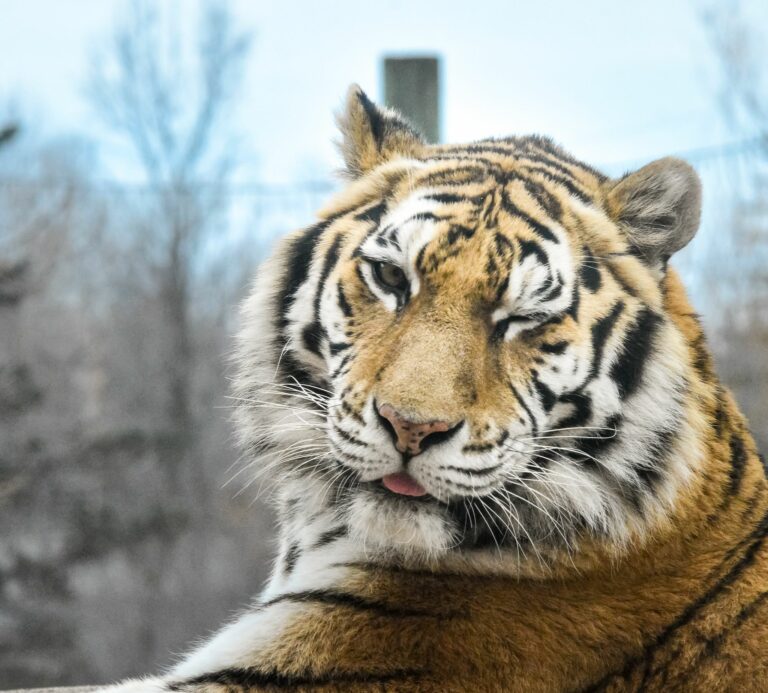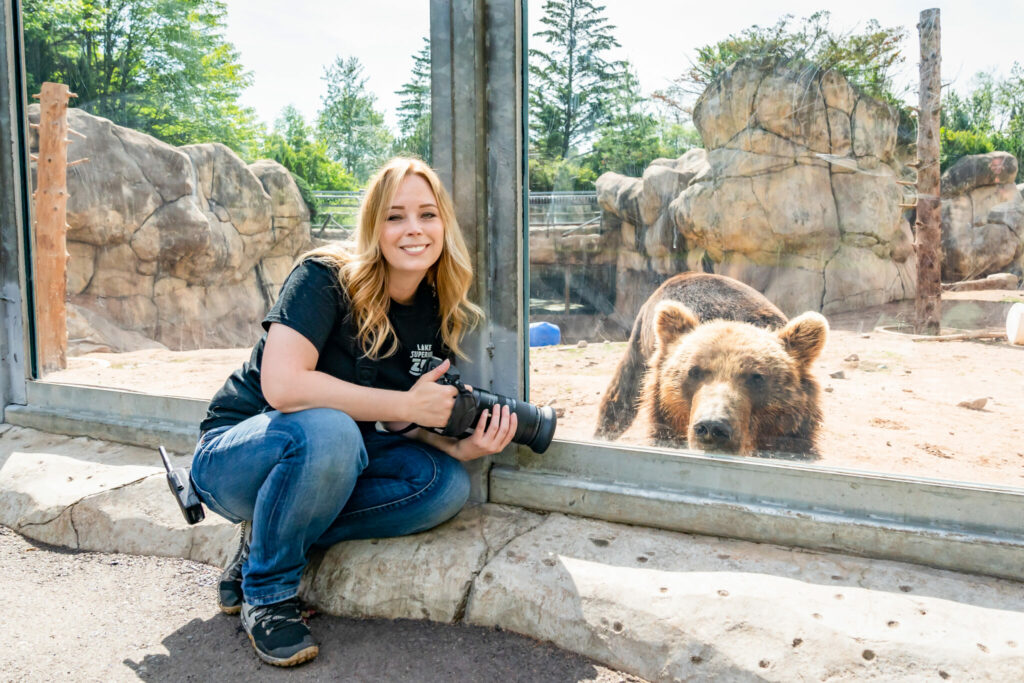
Faces of Duluth tells the stories of the people behind Duluth’s iconic attractions, hidden gems and everything in between. Traveling to Duluth? Learn the locals’ tips and tricks for seeing all the city has to offer.
Tucked into its west Duluth neighborhood of Norton Park, the Lake Superior Zoo is the only zoo in northeastern Minnesota and one of the oldest zoos in the country (it will be celebrating its 100th birthday in 2023). As Director of Business Operations for the zoo, Heidi Beal is charged with directing financial and human resources to support the organization’s mission. She is quick to share a story about the zoo’s animals or upcoming events, “We have amazing events for Easter, Boo at the Zoo, and our new Christmas lights event, Larger than Life Lights!” But Beal has another job title at the zoo, Staff Photographer. She recently walked the zoo grounds with us and shared how she’s been able to hone her once hobby and turn it into a part of her job description.
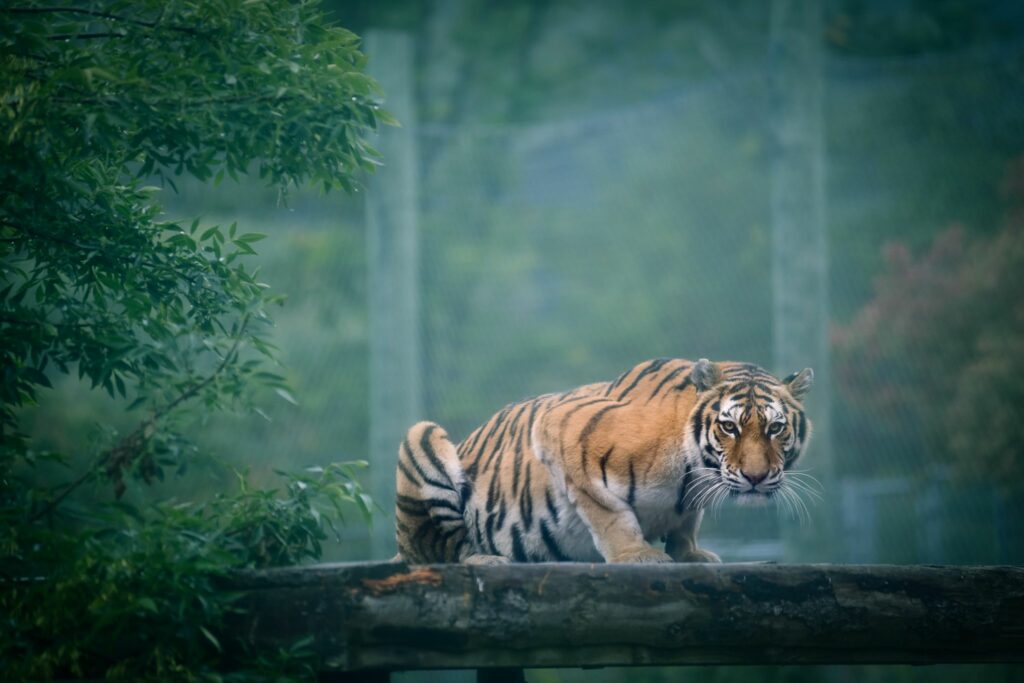
What’s your Duluth story?
I’ve lived in the Duluth area for 30 years. I grew up on the North Shore near Silver Bay and moved to the area as a teenager.
What do you love about Duluth?
So much! The weather is number one. I love cold, snow, fog, and interesting weather of all types, so Duluth is perfect for me. I hike about 300 days a year. I love the variety of trails, from the Superior Hiking Trail to the ski trails, DWP trail, Jay Cooke State Park, and all the little backwoods trails. I learned to cross country ski last winter and I cannot wait to get back to that!
How did you get into photographing animals at the zoo?
I’ve worked both in business and with animals for 30 years. I started out as a stable hand while also working at the front desk of a Lutsen resort. I went on to work in a veterinary hospital and did bookkeeping for private businesses. The zoo merged my passions for business and animals perfectly. Photography has always been a hobby but transformed into a profession when I started working at the zoo. I’d take my lunch breaks with the lions every day. Photographing Lily, one of our African Lions, became my favorite way to recharge and connect with the zoo after spending a morning with spreadsheets.
What does it take to photograph animals at the zoo?
“Getting the shot” takes two things. Patience and knowledge. Animals do what they are going to do when they are going to do it! I will sit outside an exhibit for 45 minutes waiting for an animal to turn their head the direction I want. Quiet observation leads to the most incredible shots! Building relationships with the zookeepers is the other key component. The zookeepers are experts with their animals and animal behavior. They know when the animals are more active, and which activities and enrichments they will engage with.
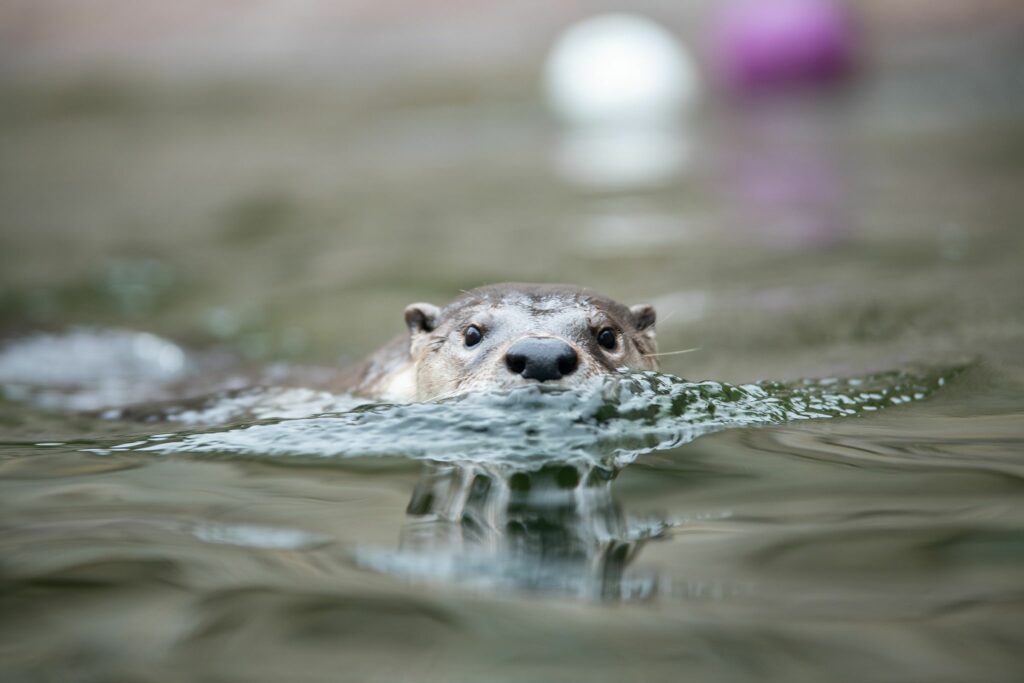
We know you can’t choose favorites, but are there any particularly “photogenic” animals at the zoo?
I have many favorites! Kiran, the snow leopard is one of my favorite animals to photograph due to his beauty and personality. He’s a talker, especially in the early morning. Tundra and Banks, our brown bears, are hams for the camera, and will do the most entertaining things. They run, swim, play and engage with staff and visitors. One of the best parts of my job is photographing the zoo babies. Seeing a newborn monkey or pygmy slow loris is incredibly rewarding. (And adorable!) These births are also globally significant as they are part of the Species Survival Plan.
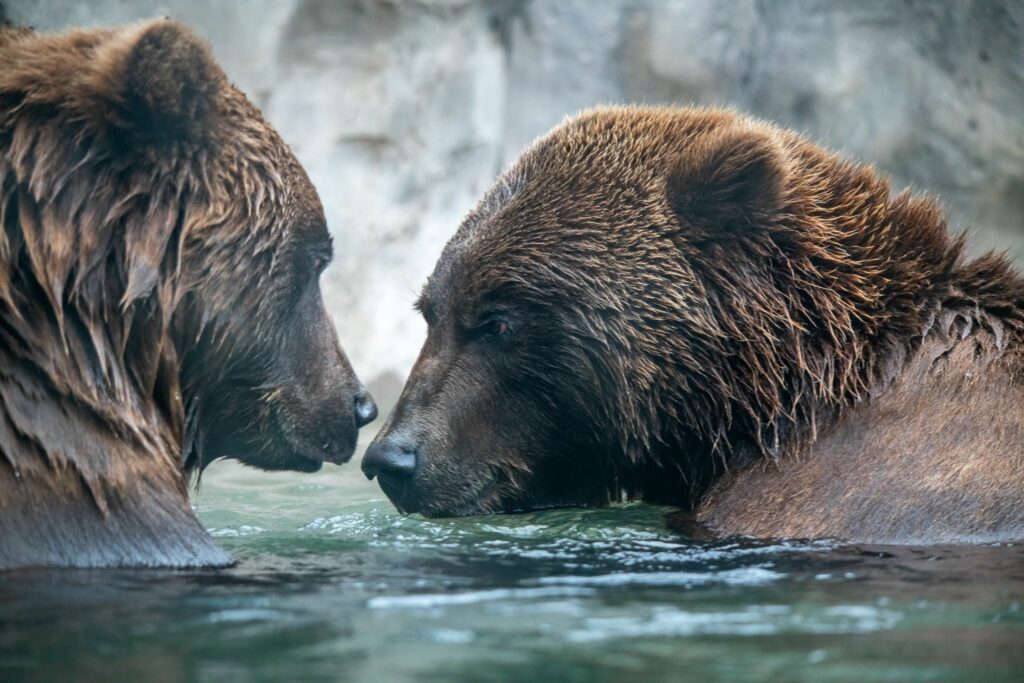
What is the Species Survival Plan?
The SSP program was created so that AZA-accredited zoos can cooperatively manage threatened and endangered species. This is done by managing the breeding of a species to ensure the population remains healthy and genetically diverse. With a healthy captive population, wild populations can be supported or even reintroduced when suitable habitat becomes available.
Can you share more about the Lake Superior Zoo’s mission and values around wildlife conservation, animal care, etc.?
At the Lake Superior Zoo, our everyday decisions are grounded in what’s best for the animals in our care. Assuring visitors of our animal welfare considerations while connecting them to our animals through educational messages can foster empathy for animals and positively influence a passion for conservation. There are many initiatives the zoo participates in, from breeding and holding animals for the Species Survival Plan, taking in orphaned or injured wildlife, being a community leader and educating the public in conservation actions.
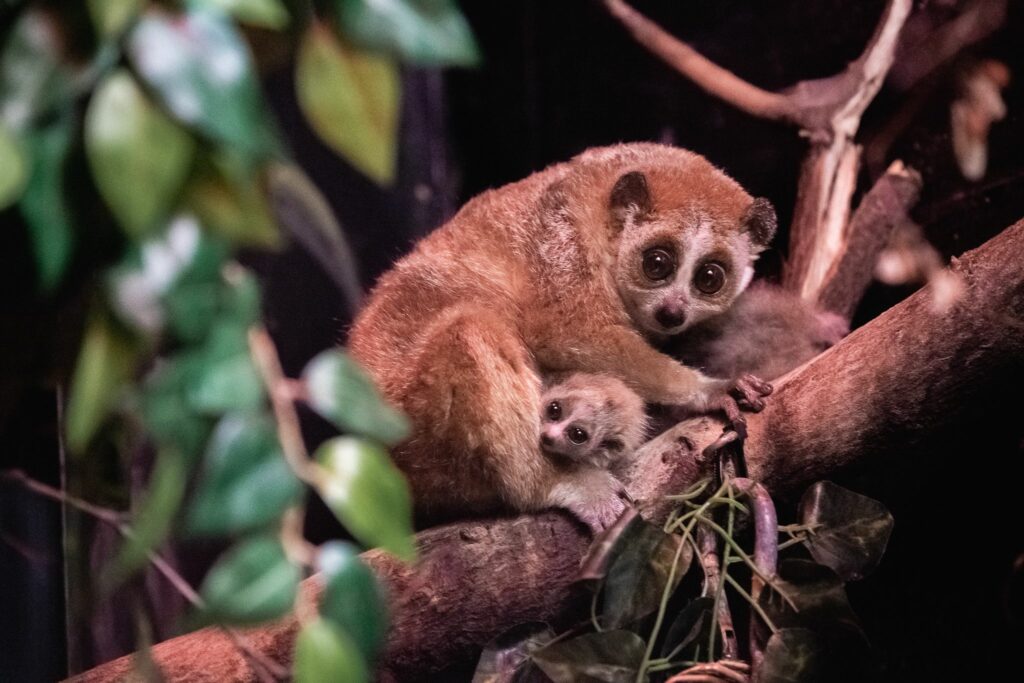
What are some of your favorite things to do with guests from out of town?
I bring everyone to the zoo! Most people are unfamiliar with modern zoos, their conservation focus and animals first values, and the fact that many animals are wildlife rescues. After the zoo, I show off Duluth’s trails, nature, and geology. Duluth has such beautiful green spaces. And of course, the food. My guests will all experience the pulled pork nachos at OMC Smokehouse, if I have any say in the matter!
We see on your social media pages you have two very photogenic St. Bernards. Where do you like to take them in Duluth?
Time in nature with my dogs is my happy place, and Duluth has an abundance of natural spaces to do that. Stella and Jasper LOVE hiking, snowshoeing, wading in rivers and in Lake Superior. They love the DWP trail, Superior Hiking Trail, Ely’s Peak area, and the Munger Trail. They will do anything for ice cream, so we love stopping for a pup cup from Love Creamery.
Where can people see your photography?
My photography is featured at the zoo on signage, marketing materials and gift shop items. You can follow the zoo on Instagram and Facebook at @lakesuperiorzoo. My personal Instagram, @heidi100198, is another great place to see the animals and other local nature and wildlife.
